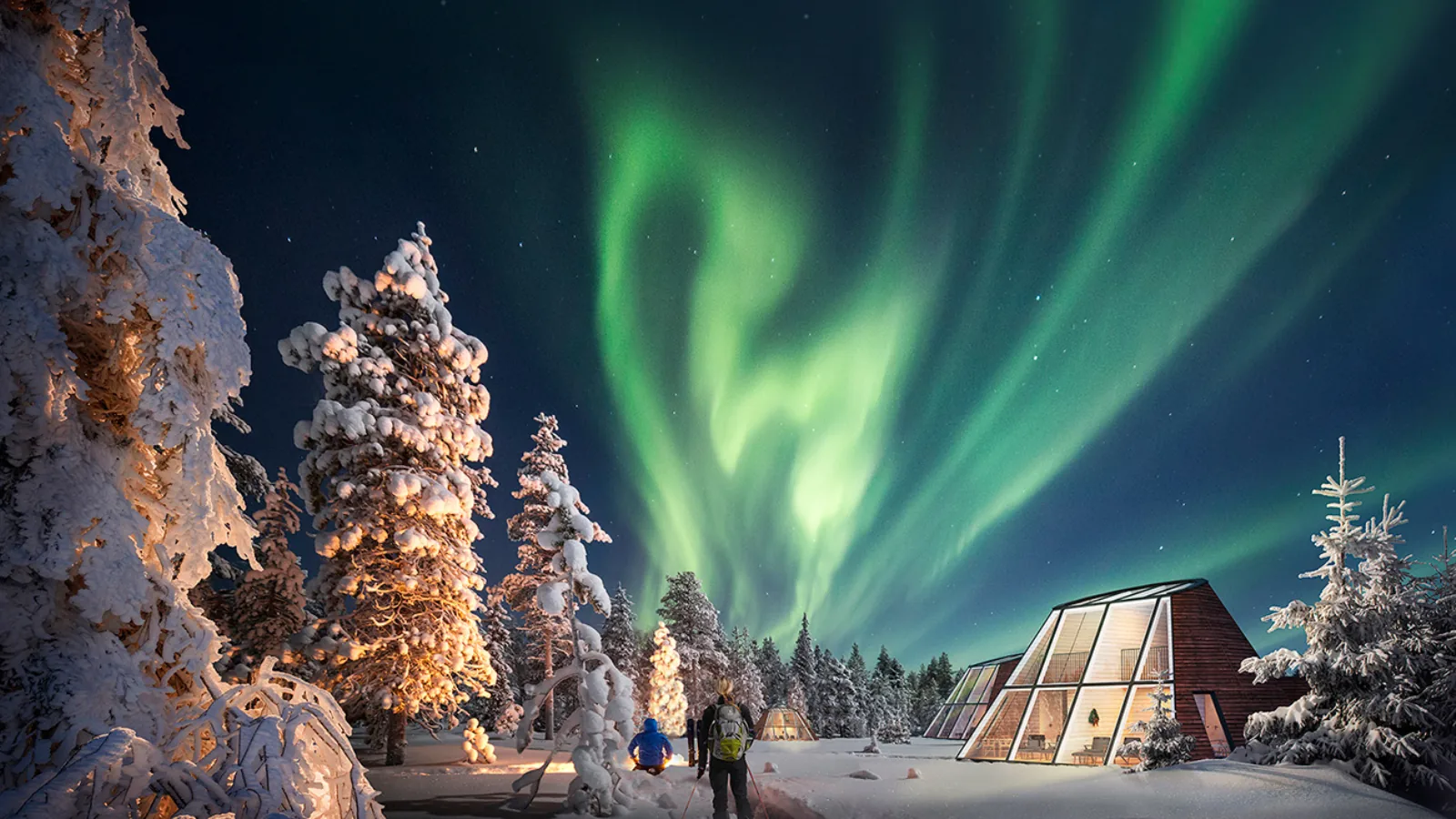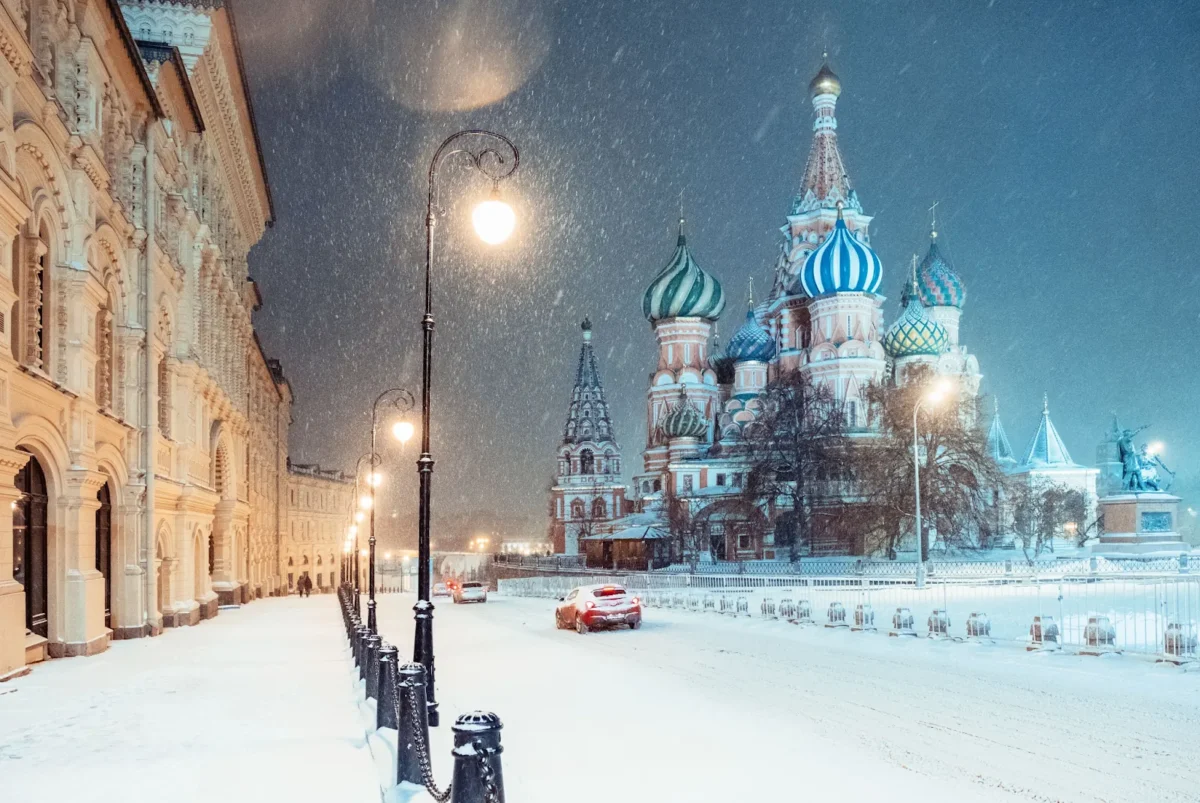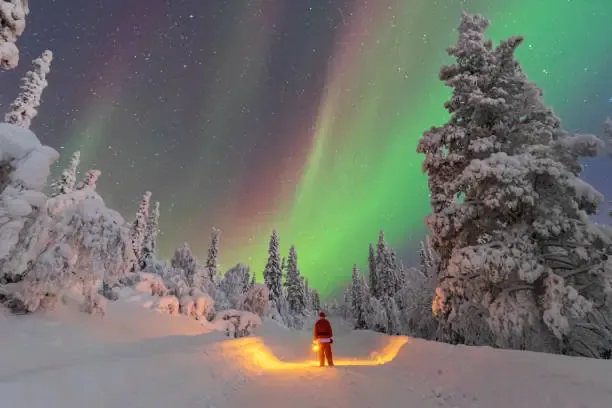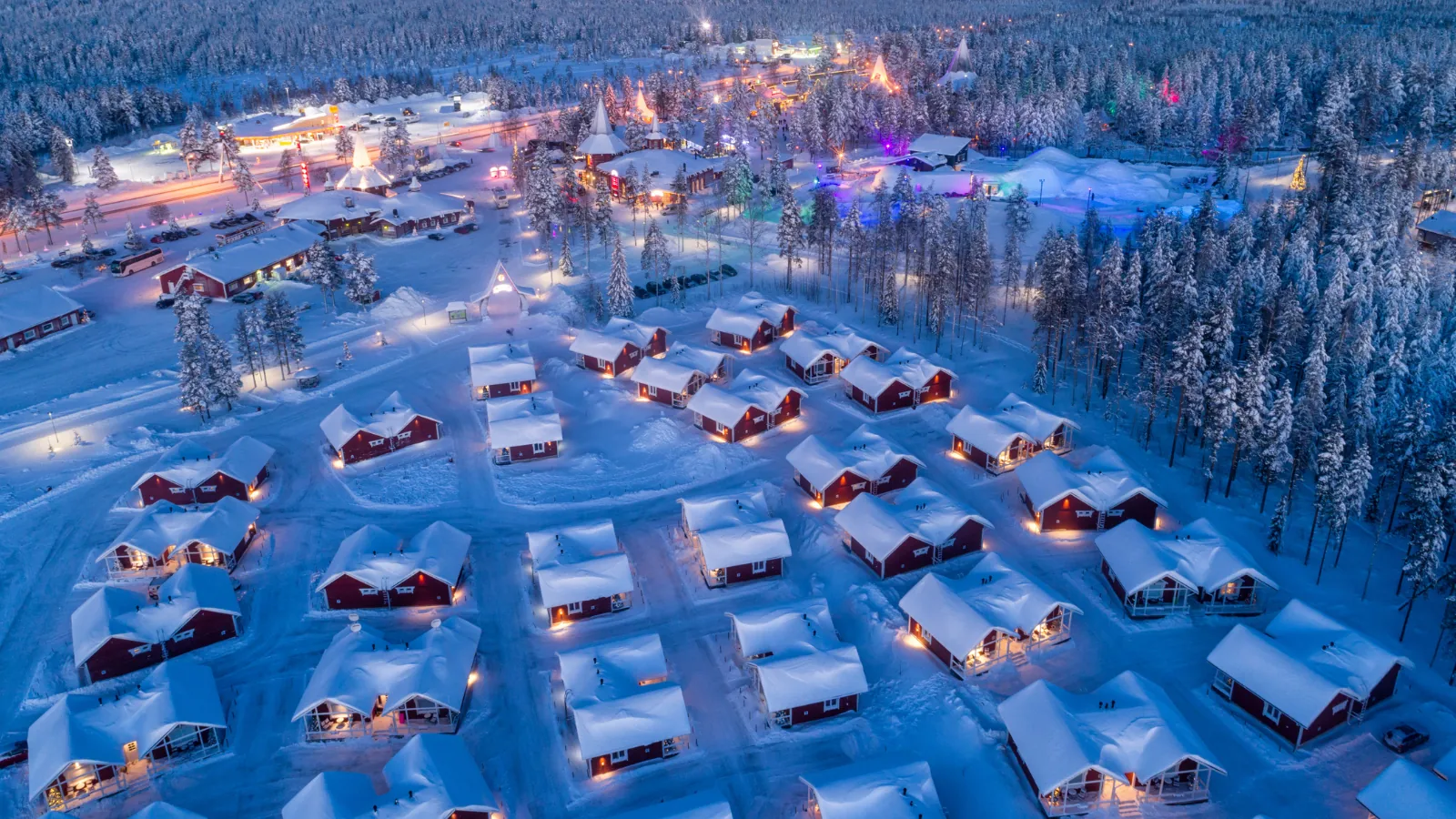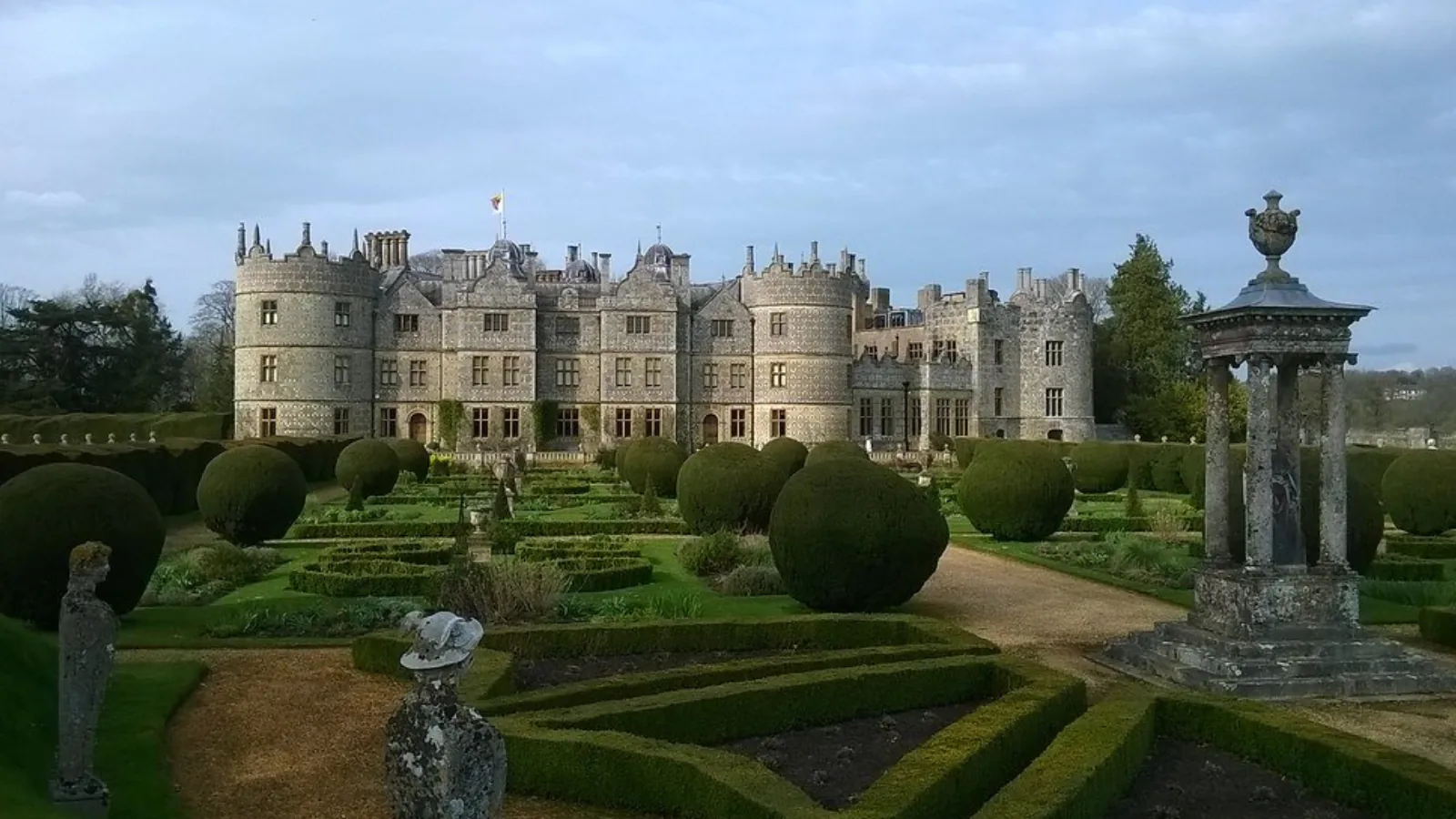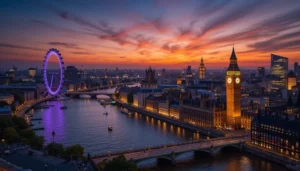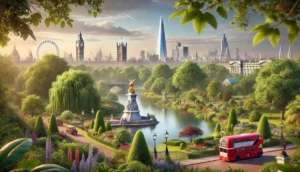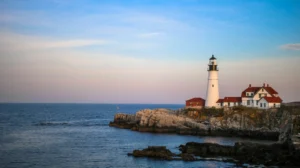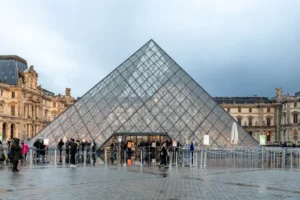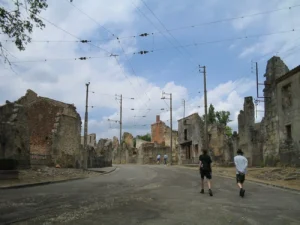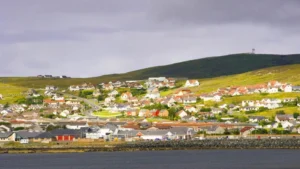One night, we drove out past Kirovsk to this frozen lake someone told us about. Totally dark. No lights around. I was kind of thinking, “This is either going to be amazing or I’m just freezing for nothing.” But then—bam—the sky just lit up. Green and purple streaks, moving like curtains in the wind. I couldn’t stop staring. I didn’t even take that many photos. It felt too sacred to snap through a screen. Like one of those moments you just let happen.
Visit Lapland to see Northern Lights—the Arctic darkness and low light pollution make it one of the best places in the world to witness the auroras dance in full clarity. The page highlights how remote locations like Kirovsk offer raw, untouched skies ideal for moments like this.

